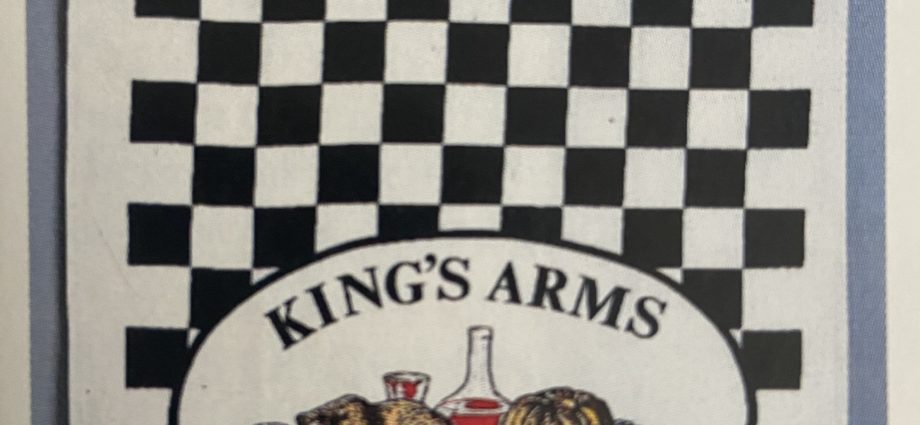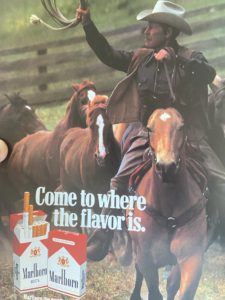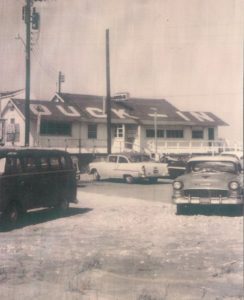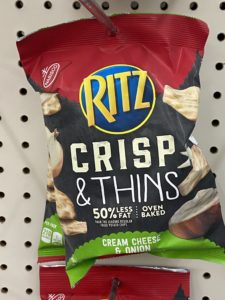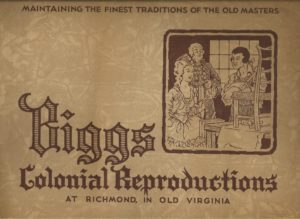SAVANNAH – So you want to start a business, and you need a name and an idea. How about looking back, and seeing what companies were prominent in your community, and re-starting the brand?
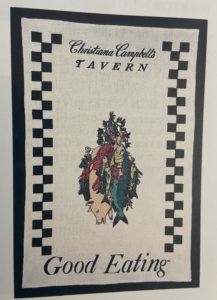
That was the route of Savannah, Georgia based Leopold’s Ice Cream, which was restarted by Stratton Leopold, a movie producer. The original Leopold’s was a shop founded in 1919 by his father, and counted folks like Johnny Mercer as customers.
Leopold is a prominent film director, and restarted the shop in August of 2004. It has been a big success. Of course, ice cream is a food dripping in nostalgia, so an old ice cream brand is a really safe category of brand to revive. In fact, this is an excellent category for revival as many local dairies have shut down and the names are available. Leopold just happened to love his father’s business, and so naming it was a natural.
If you, like Leopold, want to consider re-opening up an old local brand name, here are seven considerations.
- If it is a family name, be careful. While Colonial Williamsburg restarted old eponymous taverns like Christiana Campbell’s and Chowning’s, it did so 150 years later, where there was no possibility of confusion with original owners or descendants. In the case of Leopold’s, he had a claim on the name because that was his name. Consult a good intellectual property lawyer for help; even if they don’t represent you, paying for some face time can save aggravation. The key idea is Likelihood of Confusion (also the name of a fine blog by attorney Ron Coleman); if the desired name is likely to be confused with a another entity, you need to consider carefully how you position it. Nevertheless, if a brand has been abandoned, that means it is available. Do a search online with the United States Patent and Trademark Office. While USPTO doesn’t have that many local brands registered (most relied on common law protections) you would do well to see what other variations of your name are out there. Also look to see if the URL is available; many are taken. If the family is prominent, offer them a nominal role for lending their support to the project.
- Mine local history books and museums for ideas. In Richmond, entrepreneurs restarted the Commercial Cafe, which was an iconic restaurant in that Virginia city. The restaurant’s image an iconography was made relevant again in the 1970s, as a photo of the front of the restaurant appeared in a local history book, and everyone became familiar with the name again, as if it had never disappeared. Old City Directories, newspapers and the like are also good sources for ideas. And even if you don’t pick one, you can see some of the local history of your business category, and learn a bit as you position your own company.
- Consider a variation on the name. If the original name was The Pines Restaurant, call it The New Pines Restaurant.
- Take the name of the building. Restaurants do this with previous uses of buildings; in New York, I recall a restaurant that was called Mexico Next to Texaco. In Charlottesville, the C&O Restaurant is named after the railroad and is located near the tracks. In Richmond, the Miller & Rhoads department store is now condos and a Lucky Strike factory is apartments, each bearing the name of the brand.
- Revive products that were beloved. If there was a restaurant with old recipes that were popular, consider using some of the old recipes at the new restaurant. For instance, if you see a crab cake recipe from an old restaurant in a local cookbook, put it on the menu of your new restaurant. Describe that the dish was “based on the beloved crab cakes of Sue’s Seafood Hut.” While some folks might recall the original, most who never tasted it at the original restaurant will want to try it for novelty’s sake. If it is good, then you have won them over, and your dish suddenly becomes a local institution.
- Some categories work better with nostalgia than others. Retail, restaurants and consumer products seem to be the best candidates for reviving an old brand name, as the consumer naturally trusts things that have been around for a long time.
- Education and institutional brands can be revived. Norfolk Academy, the prep school in Virginia, was originally founded in 1728, but the school lapsed for decades. It was revived as a new institution in the 20th century, and assumed the mantle of the original idea. The College of William and Mary also shut down for a time after the Civil War, and then re-opened in the 1880s. The buildings were still around, and they just restarted the school when the economy improved.

